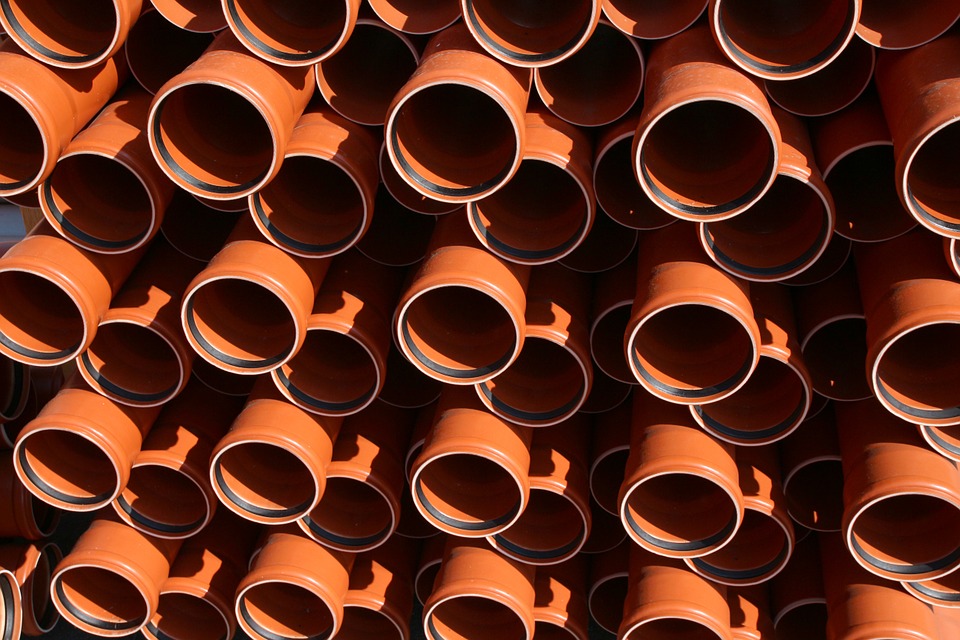
Construction work deals with understanding the site and finding the right method for the right job. There is hardly such a thing in construction as a one size fits all solution when it comes to different issues that affect the site’s geography, susceptibility to weather, the scale of the project, or even the environmental effects of the dig.
If utilities need to be installed but cannot use the method of trenching, then horizontal directional drilling is the next best play. Horizontal directional drilling, or HDD for short, is a technological advancement that allows for slanted drilling that creates trenchless construction work which saves the nearby environment from being affected by construction work, primarily waterways and forests for the placement of pipelines and conduits.
Compared to traditional drilling methods
Traditional drilling or trenching is the standard way of installing utilities. The technique makes use of amassing a quarry-like structure where much space is used above ground to lay the base of the pipelines to be placed below ground. Besides needing a large area for construction, traditional drilling requires an unobstructed space which means that it cannot work in populated areas with buildings, golfing areas, riverbeds, and wide roadways.
Cost efficiency
Compared to directional boring, trenching is cheaper regarding installation costs. Though you have to consider that trenching is only most effective when being used in specific situations. Directional drilling allows for working in varied environments. Understanding the factors involved in the pipeline installation and its surrounding geographic location is essential in figuring out which method is best applied to the situation.
Affecting the environment
Trenching, of course, incurs a more significant ‘damage’ to the surrounding environment. Directional drilling deals a softer impact through a longer process but on a more precise drilling location so that it does not damage areas around the drilling site. Running water is not an issue when it comes to horizontal drilling as it can be done without affecting the nearby water supply. The drill is suggested to be set up only on the side of the road to stray away from a river’s path in connecting the pipelines; this makes horizontal directional drilling an optimal choice when it comes to drilling sites near bodies of water.
The advantages of horizontal drilling
The best perk of horizontal drilling is that it creates minimal soil disturbance around the area by having fewer fractures pressured in present rock formations; this not only keeps the groundwork for the soil intact, but it also protects the adjacent ecosystem by keeping the ecosystem intact with as little damage as possible through drilling. Besides that, it also allows for installation of different pipes in the same area while having less excavation and shoring costs compared to traditional boring.
If you’ll be drilling in a sensitive landscape, it’s much safer to do horizontal drilling instead of open cut drilling as the weather will not have a direct impact on the drilling process. Horizontal drilling also allows for replacement of existing pipes without disturbing the general structure of the pipeline.
Leave a Reply